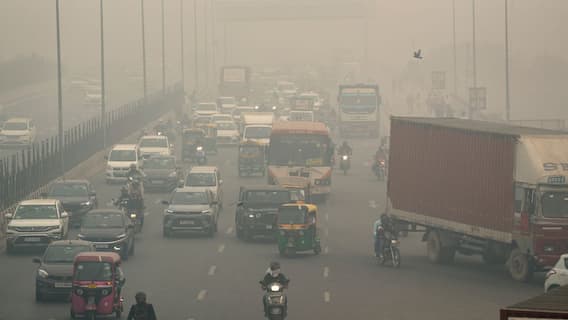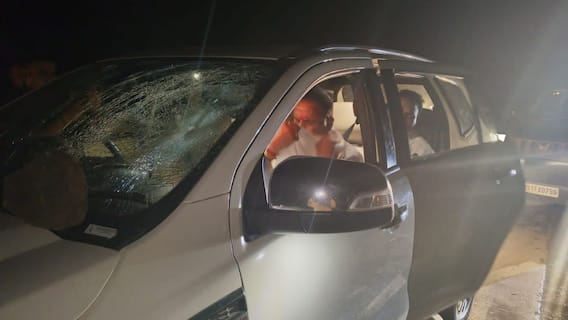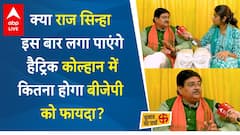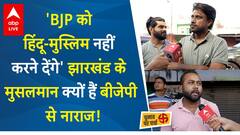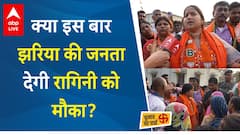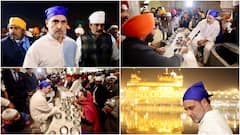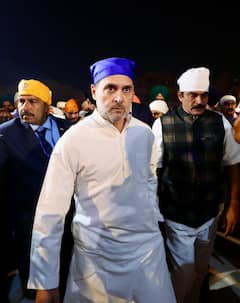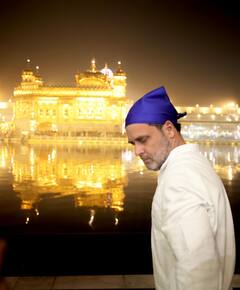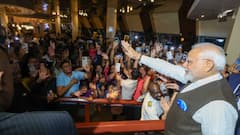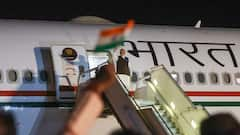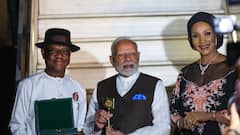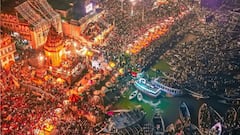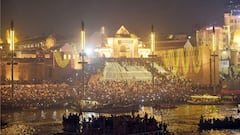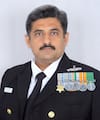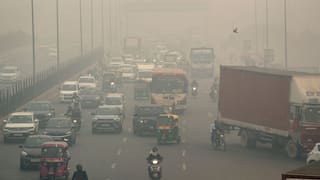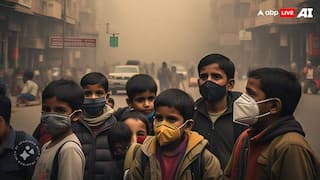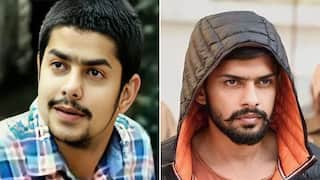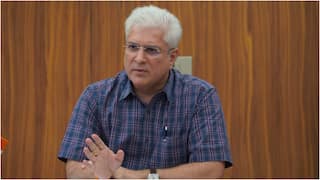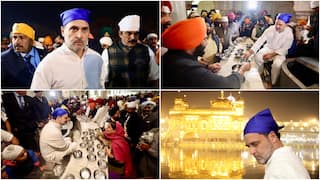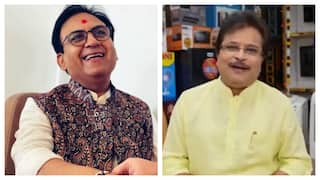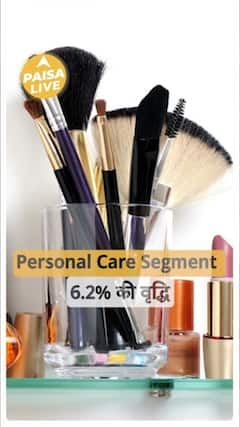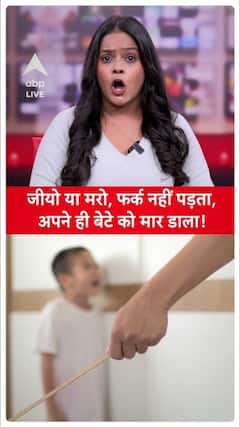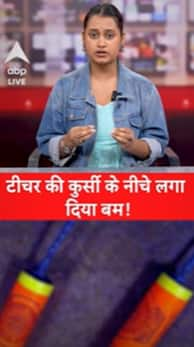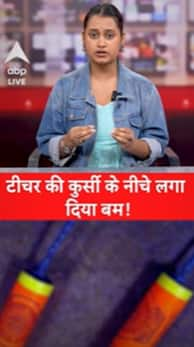Explorer
Advertisement
Lal Bahadur Shastri Jayanti 2020: Know 10 Unknown Facts About The Former Indian PM & Best Quotes
Lal Bahadur Shastri Jayanti 2020: Lal Bahadur Shastri was one of the popular youth icons of India’s freedom struggle against British rule, whose slogan "Jai Jawan, Jai Kisan" at the time of 1965 war became quite popular. Know more hidden facts about the great leader.

Getty Images
Lal Bahadur Shastri, one of the popular icons of India’s freedom struggle against British rule whose slogan "Jai Jawan, Jai Kisan" at the time of the 1965 war became very popular. Also Read: Gandhi Jayanti 2020: PM Modi And Other Leaders Pay Tribute To Mahatma Gandhi And Lal Bahadur Shastri On Birth Anniversary
Born on October 2, 1904, at Mughalsarai, a small railway town seven miles from Varanasi in Uttar Pradesh, Lal Bahadur Shastri grew up to become the second Prime Minister of the country.
Here are 10 interesting facts about the visionary who has been posthumously awarded Bharat Ratna.
- Lal Bahadur Shastri’s birth anniversary coincides with Mahatma Gandhi’s birth by whom he was deeply influenced.
- His father was a school teacher who passed away when he was just a year and a half old. After the father’s demise, his mother settled at her father’s house with three kids.
- He joined his uncle in Varanasi so that he could go to high school. Nanhe, or ‘little one’ as he was called at home used to walk miles to reach school without shoes.
- He studied in Kashi Vidya Peeth in Varanasi, one of the many national institutions set up in defiance of the British rule. There, the young leader came under the influence of the greatest intellectuals, and nationalists of the country.
- The word ‘Shastri’ in his name was the bachelor’s degree awarded to him by the Vidya Peeth but it got stuck in the minds of the people as part of his name.
- At the time of freedom struggle, he led several campaigns and spent a total of seven-year in British jails.
- Lal Bahadur Shastri got married to Lalita Devi in 1927.
- After the Congress Government was formed in 1946, the young man was being invited to play a constructive role in the governance. The party appointed him Parliamentary Secretary in the State of Uttar Pradesh and soon rose to the position of Home Minister.
- He shifted to New Delhi in 1951 and held several portfolios in the Union Cabinet – Minister for Railways; Minister for Transport and Communications; Minister for Commerce and Industry; Home Minister; and during Nehru’s illness Minister without portfolio.
- He promoted the White Revolution – a national campaign to increase the production and supply of milk – by supporting the Amul milk co-operative of Anand, Gujarat, and creating the National Dairy Development Board.
Follow Breaking News on ABP Live for more latest stories and trending topics. Watch breaking news and top headlines online on ABP News LIVE TV
View More
Advertisement
Advertisement
Advertisement
Top Headlines
Cities
Cities
Election 2024
Education
Advertisement
Trending News





